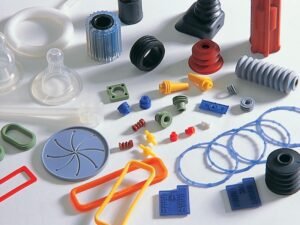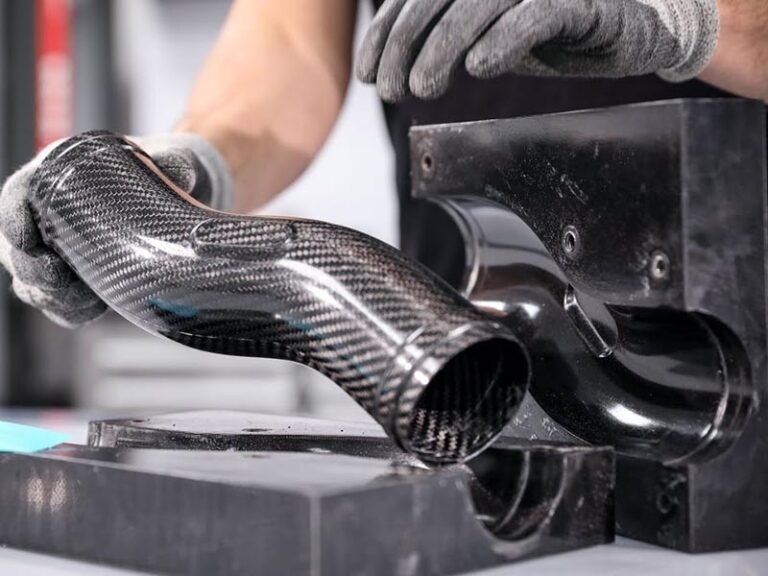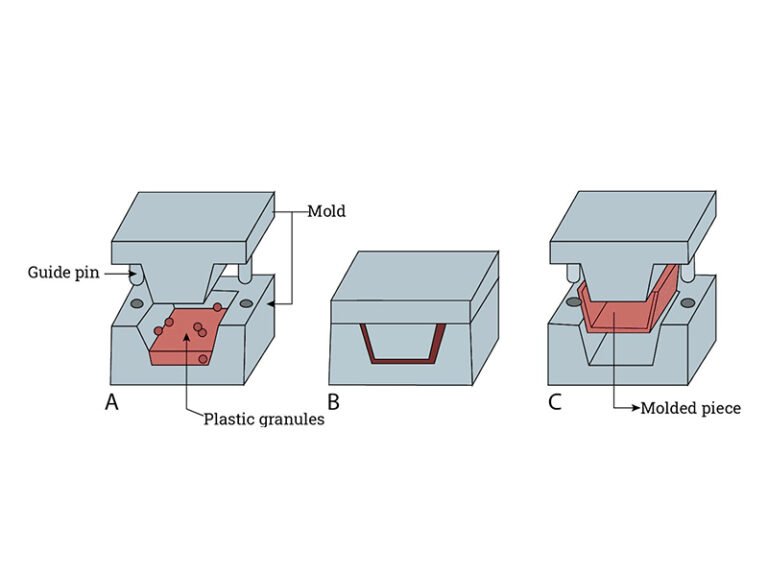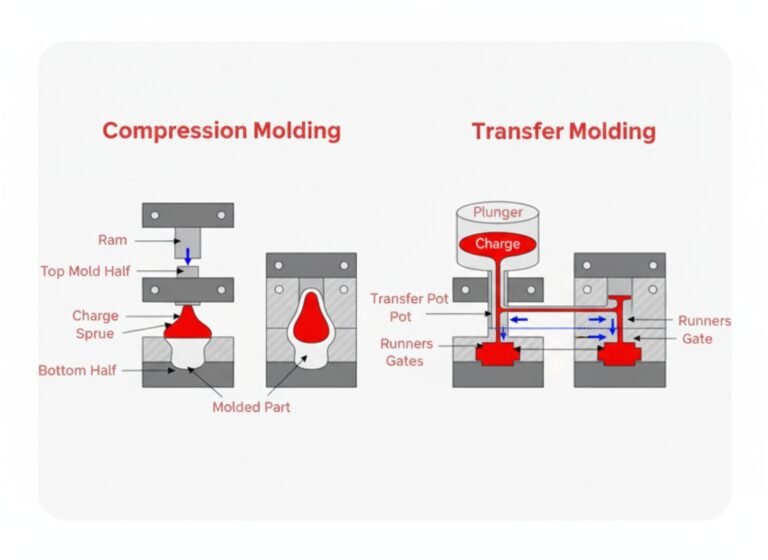Silicone is a synthetic polymer made from siloxane chains. It is a versatile elastomer known for its elasticity, temperature resistance, and compatibility with sensitive applications. Unlike traditional rubber, vmq silicone rubber boasts excellent thermal stability, UV resistance, and inertness. Common materials include liquid silicone rubber (LSR), high consistency rubber (HCR), medical-grade silicone, and fluorosilicone.
What is Silicone Injection Molding?
Silicone injection molding is a manufacturing process where liquid silicone is injected into a mold under pressure to form parts. This method, also known as silicone rubber injection molding services, uses a machine to heat and cure the material inside the mold. It differs from traditional methods like compression molding by offering automation and reduced cycle times. During the silicone rubber molding process, the process uses a two-component system: Part A (base silicone) and Part B (curing agent), which are mixed to start the vulcanization reaction. This homogeneous mixture is then injected into the mold, heated to cure the silicone, and finally, the finished part is ejected after molding.
Materials Used in Silicone Molding
Several materials are used in the silicone molding process:
- Liquid Silicone Rubber (LSR): A two-part compound with low viscosity for easy flow into molds.
- High Consistency Rubber (HCR): Solid sheets that require pre-forming for general applications.
- Medical-Grade Silicone: Biocompatible material that meets standards for healthcare products.
- Fluorosilicone: Resistant to fuels and oils, used in harsh environments.
- Flame-Retardant Silicone: Designed to limit flame spread in electronics and automotive parts.
Key Advantages of Silicone Injection Molding
Silicone injection molding presents multiple benefits that address the needs for efficiency, quality, and cost-effectiveness.
Precision and Repeatability: Silicone injection molding allows for highly accurate replication of complex designs, ensuring each part meets stringent dimensional tolerances.
Fast Cycle Times: Injection molding silicone enables rapid product turnover, with some cycles completing within 30 seconds to 2 minutes, significantly boosting production rates.
Material Savings and Reduced Waste: The closed-loop system minimizes material wastage, mainly confined to the sprue and runner, which can be further reduced through cold runner technology.
Consistency Across Batches: Automated controls maintain uniform properties like durometer (Shore A 20-80), minimizing variations that could affect product performance.
Design Flexibility: Silicone injection molding supports intricate features, multi-component assemblies, and overmolding, enhancing product functionality and aesthetics.
Scalability: Supports production from small batch to millions of units, enabling flexible ordering without major tooling changes.
Regulatory Compliance: Materials like LSR are FDA-approved, simplifying sourcing for medical or food-contact items.
The Silicone Injection Molding Process

Silicone injection molding is a highly efficient method for manufacturing silicone products, which includes three types: single-shot injection, insert molding, and two-shot injection. The process is as follows:
- Material Preparation: Liquid silicone rubber components are metered and mixed precisely to create a homogeneous blend.
- Metering and Injection: The mixed material is pumped into the machine barrel. It is then injected into the closed mold at pressure. The mold is heated to aid flow and curing. A cold runner system may be used to prevent premature curing in runners, reducing waste.
- Vulcanization and Curing: Inside the mold, the material solidifies through cross-linking. The rubber transforms from a fluid or semi-fluid state to a solid elastic part.
- Cooling: The mold cools via water channels to set the part without distortion.
- Ejection and Post-Processing: The mold opens, and the part is removed without ejector pins due to the silicone’s flexibility. Trimming removes any sprues or runners, followed by inspection for dimensions and defects.
Applications of Silicone Injection Molding

Silicone molded products find widespread use in numerous sectors due to their versatility and superior material characteristics:
Medical and Healthcare: Components like seals, diaphragms, catheters, implants, and valves.
Automotive: Gaskets, seals, housings, buttons, and vibration dampeners.
Consumer Electronics: Button keypads, covers, enclosures, and insulators.
Baby Products: Forms pacifiers, bottle nipples, and tableware.
Household and Kitchenware: Silicone molds, spatulas, and other utensils.
Industrial Equipment: O-rings and protective components.
Conclusion
Silicone injection molding offers a method for producing precise, durable parts through an efficient process. It has advantages in precision, waste reduction, and compliance. Zhongde provides capabilities in this area, including custom tooling and high-volume production for silicone rubber moldings. Contact Zhongde for solutions tailored to your procurement requirements.



